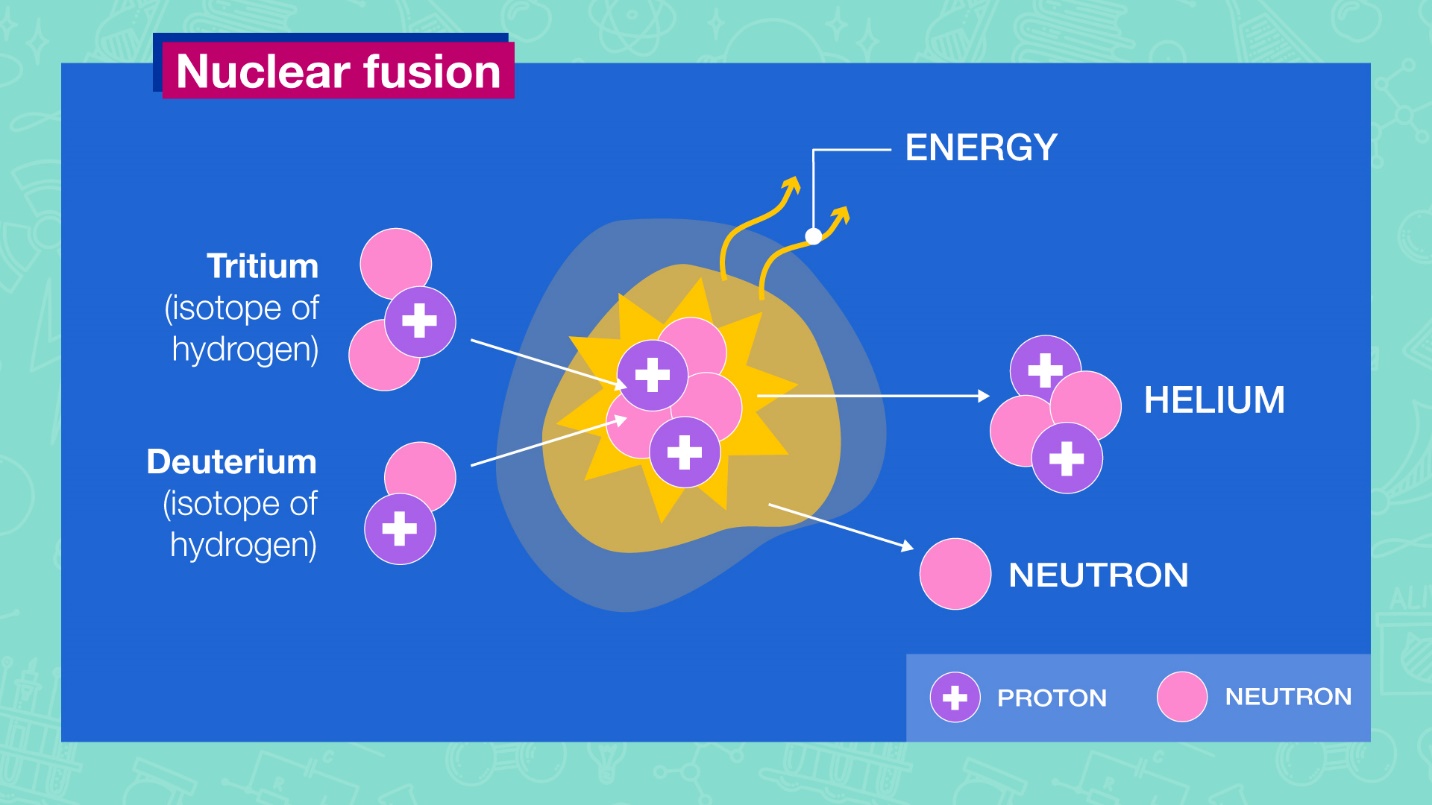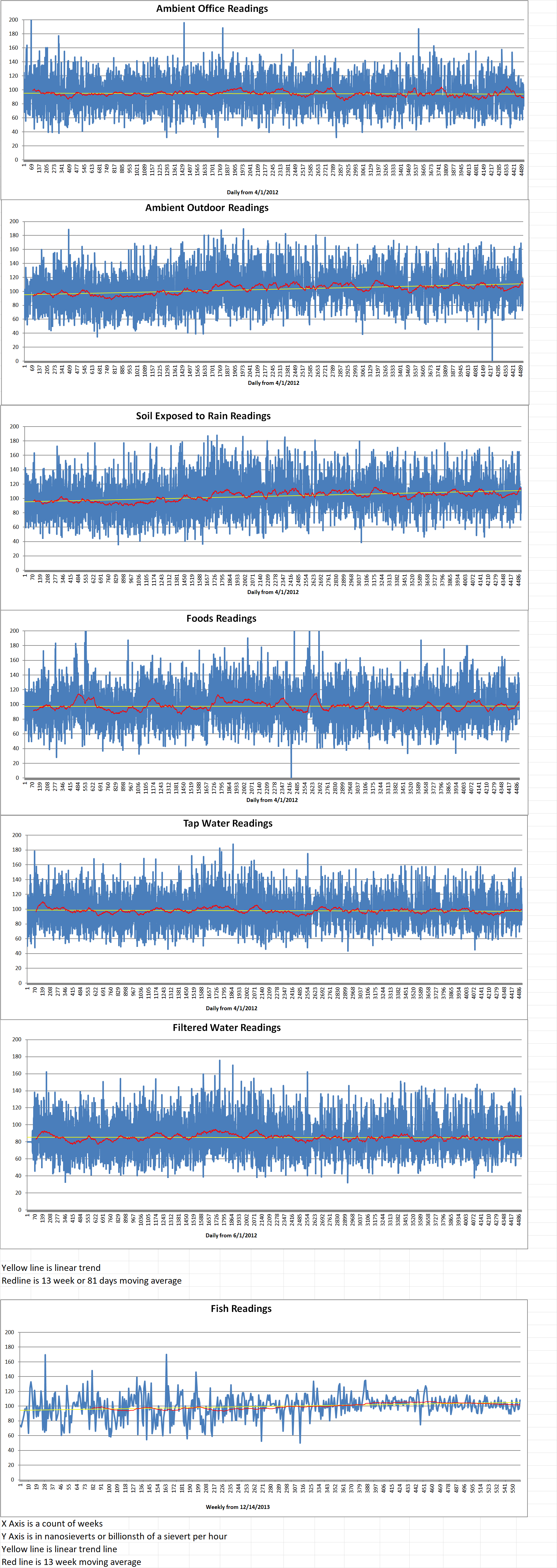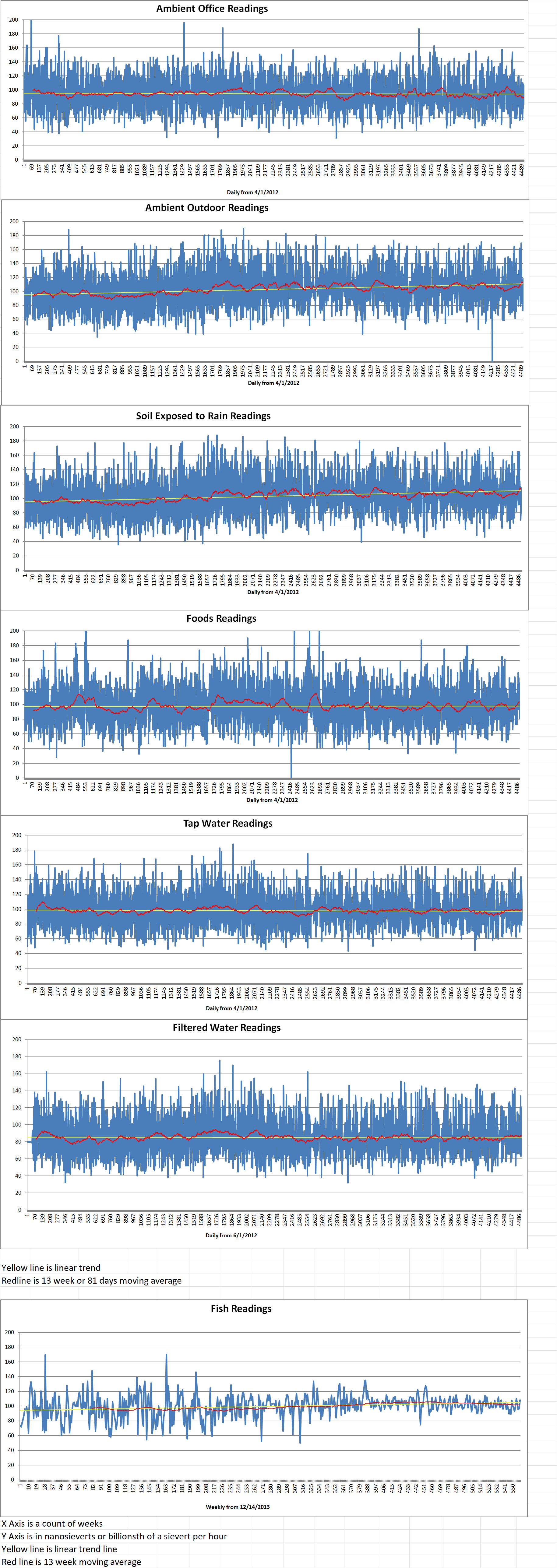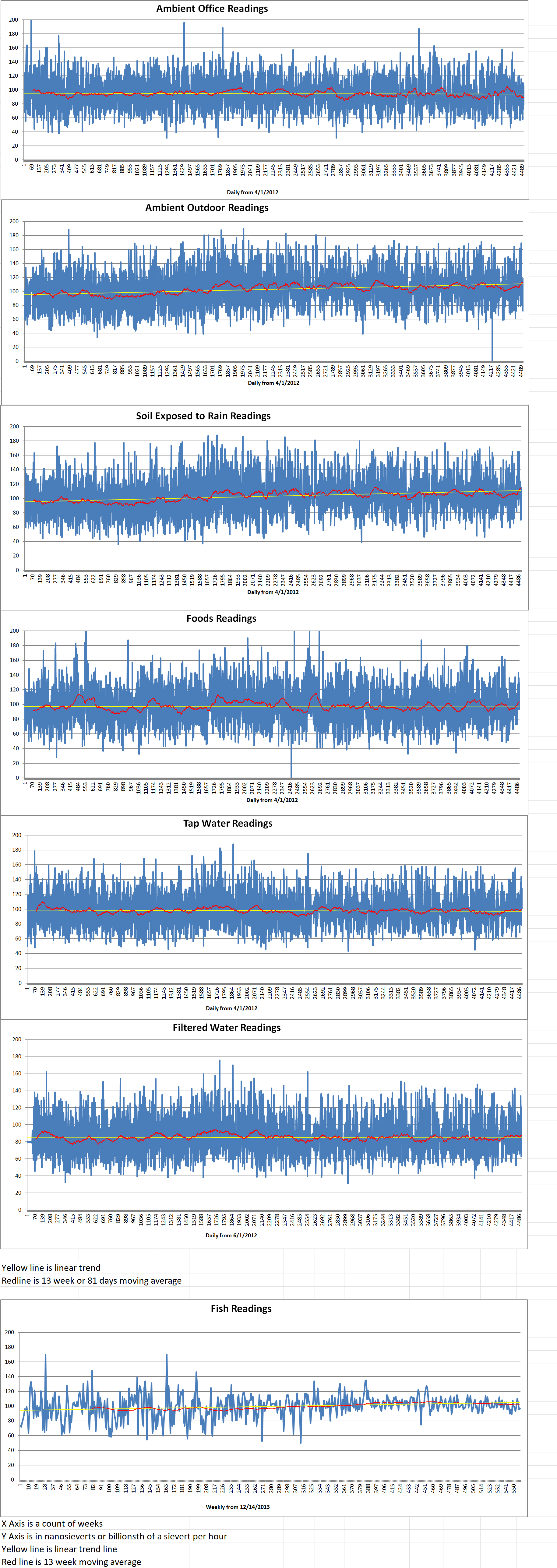Harnessing energy from nuclear fusion could be critical in the shift towards a decarbonized global energy system. As issues of climate change and energy security are becoming increasingly important, the promise of an apparently “clean”, “abundant” and “safe” energy source, such as fusion, is ever more appealing.
The fusion industry is growing rapidly and the trope that fusion is “30 years away and always will be” is beginning to lose credibility as the technology advances beyond its experimental stage.
But it’s too easy to generate hype around a seemingly ideal solution to societal challenges and it is possible that the reality of fusion energy may come into tension with the issues it proposes to solve.
Contextualizing this hype and exploring areas where these tensions may arise is critical to ensuring that the technology evolves in an ethically sound way and can provide net societal benefit if it proves viable.
The appeal of a zero-carbon, low-waste, reliable and relatively safe energy source, such as fusion, is obvious. The development of fusion power is set against the background of growing global energy demand in the context of climate change. This all requires a transition to a clean energy system.
It’s widely believed that fusion energy would be able to solve the problems of existing energy sources. It would circumvent the intermittency of renewables, because the supply from solar and wind power is unpredictable, reliant as it is on weather. Fusion also avoids the serious concern of long-lived radioactive waste, safety issues and public concerns around conventional nuclear fission power. It would help reduce the carbon cost and greenhouse gas emissions from fossil fuels.
Fusion energy may also reduce energy security concerns because some of its key resources are abundant. The deuterium fuel used in some fusion processes can be readily extracted from seawater. This would reduce reliance on fuel imports and insulate nations against global market shocks.
But these benefits of fusion power may mask deeper ethical questions around the development of the technology and some potentially detrimental impacts. One of the most obvious instances of such a tension arises over environmental sustainability. This is especially true of the association with climate change mitigation and the reduction of greenhouse gas emissions.
Climate change is an issue that lends itself to the “techno-fix” approach. It can be tempting to avoid making important changes to our behavior because we believe we can depend on technology to fix everything. This is referred to as the “mitigation obstruction” argument.
Considering greenhouse gas emissions and energy demand also raises questions of justice and equity. Energy demand is rapidly growing in certain regions, primarily the global south, that have contributed the least to the current climate crisis. Yet fusion development is overwhelmingly based in the global north. If fusion proves viable, those areas with access to such a transformative technology are not necessarily those who will need it most.
Climate change is a global challenge, and any proposed solution must account for global impact. The context of development must incorporate considerations of global inequity in the deployment of fusion if we are to meet the climate challenge.
There are similar concerns about the materials used for fusion energy. These include some critical minerals, including lithium, tungsten and cobalt. Mining and processing of these minerals emits greenhouse gases. In some cases, mining operations are located on or near the lands of indigenous peoples. The supply chains for these materials are subject to geopolitical tensions, with alliances, collaboration, competition and the potential for monopolies forming.
Mercury is used in the processing of lithium for fusion reactors. Not only is it environmentally damaging and toxic but mainly depends on Chinese production.
The accelerating pace of fusion energy increases the risk of ignoring these potential hazards along the way. Approaching these potential ethical tensions requires systematic thought throughout the development process, from considering the implications of design decisions and materials choices, through to equitable deployment strategies and knowledge sharing.
Access to energy underpins human wellbeing and development and the energy system has deep societal impacts. Failure to engage with the social and ethical challenges of new and emerging technologies in this area would be irresponsible at best, and harmful at worst. This is particularly true when impacts of fusion technology may compound the precise challenges it aims to solve.







